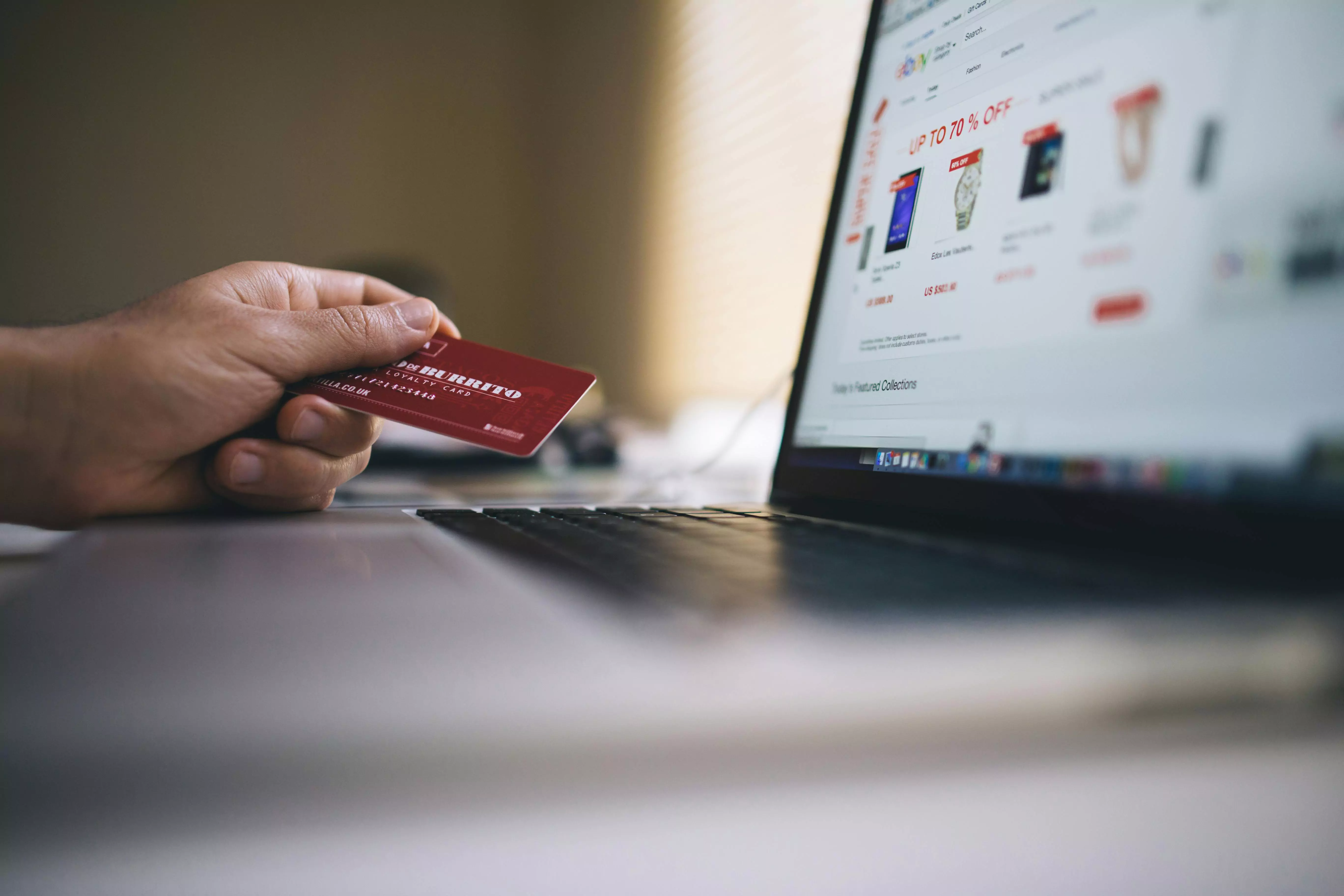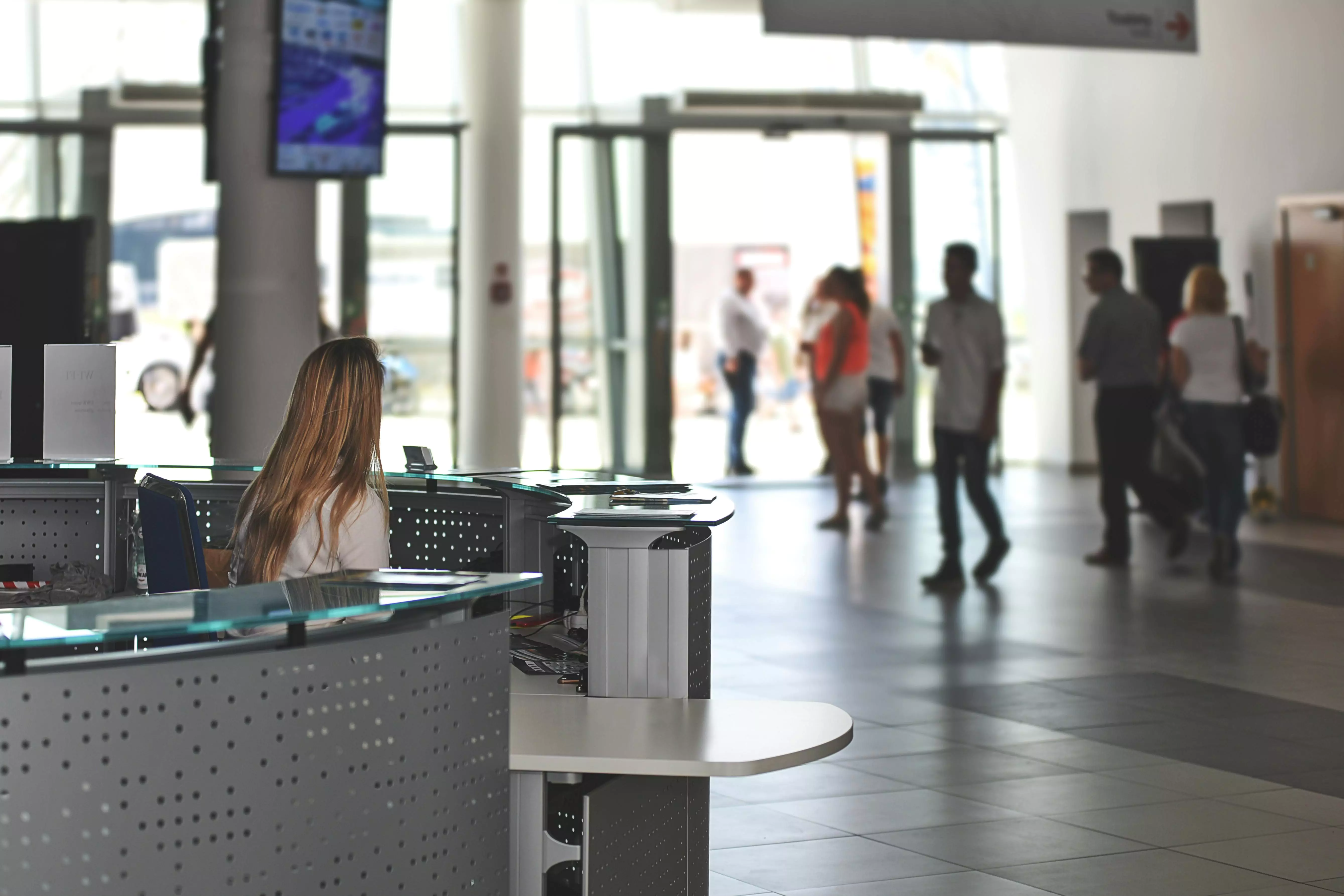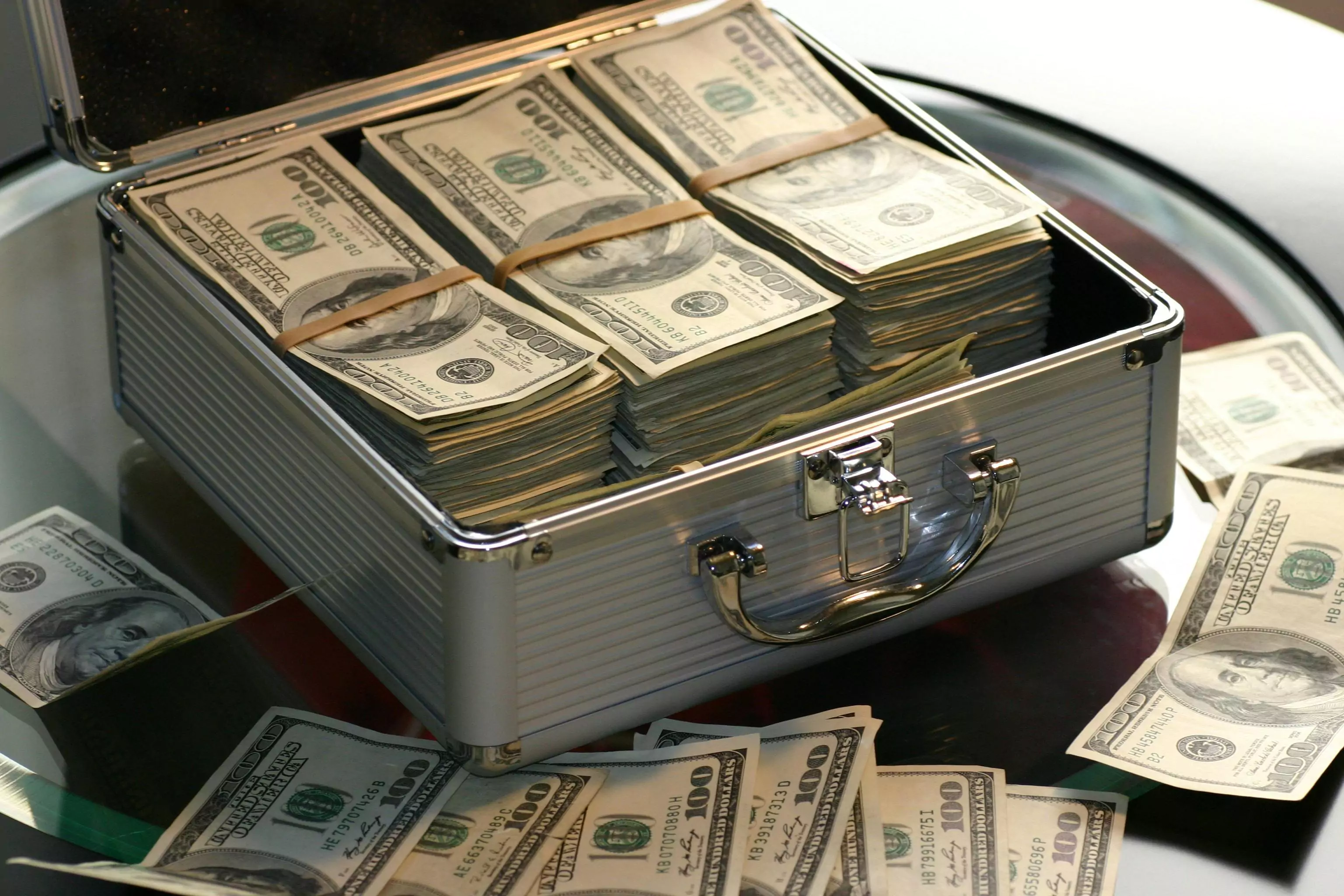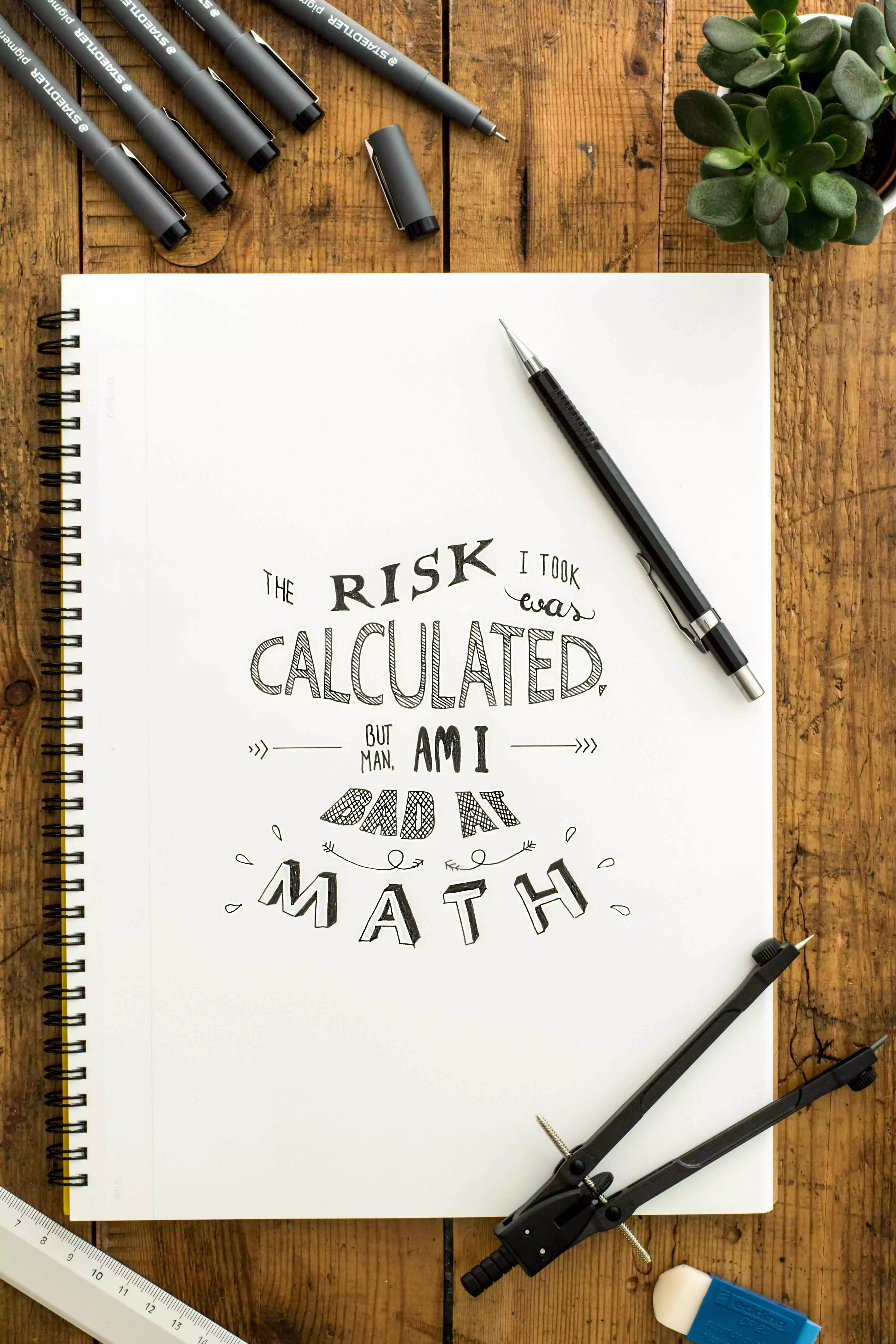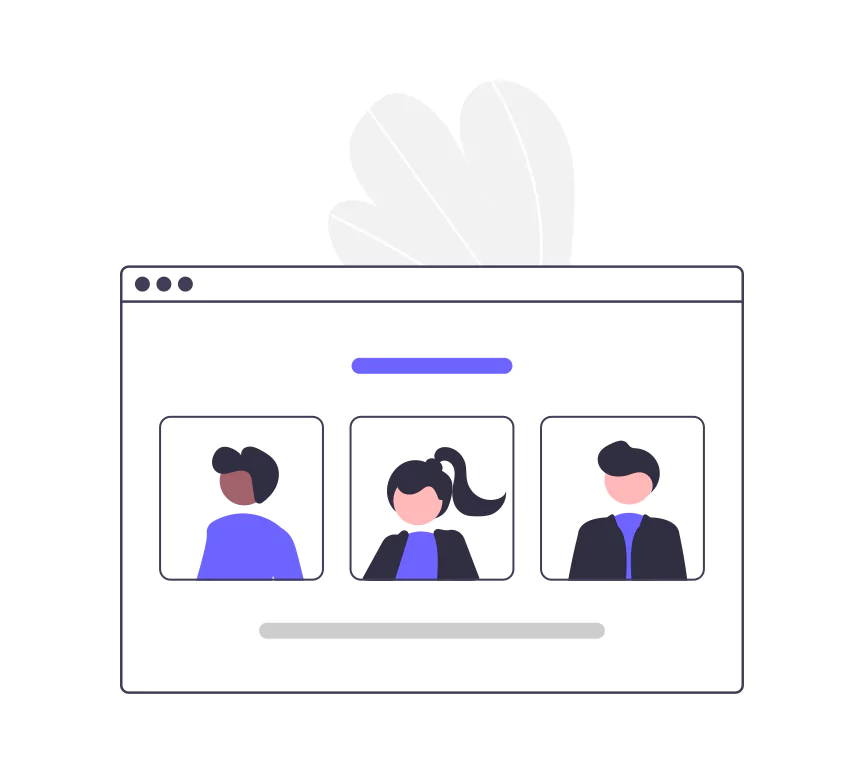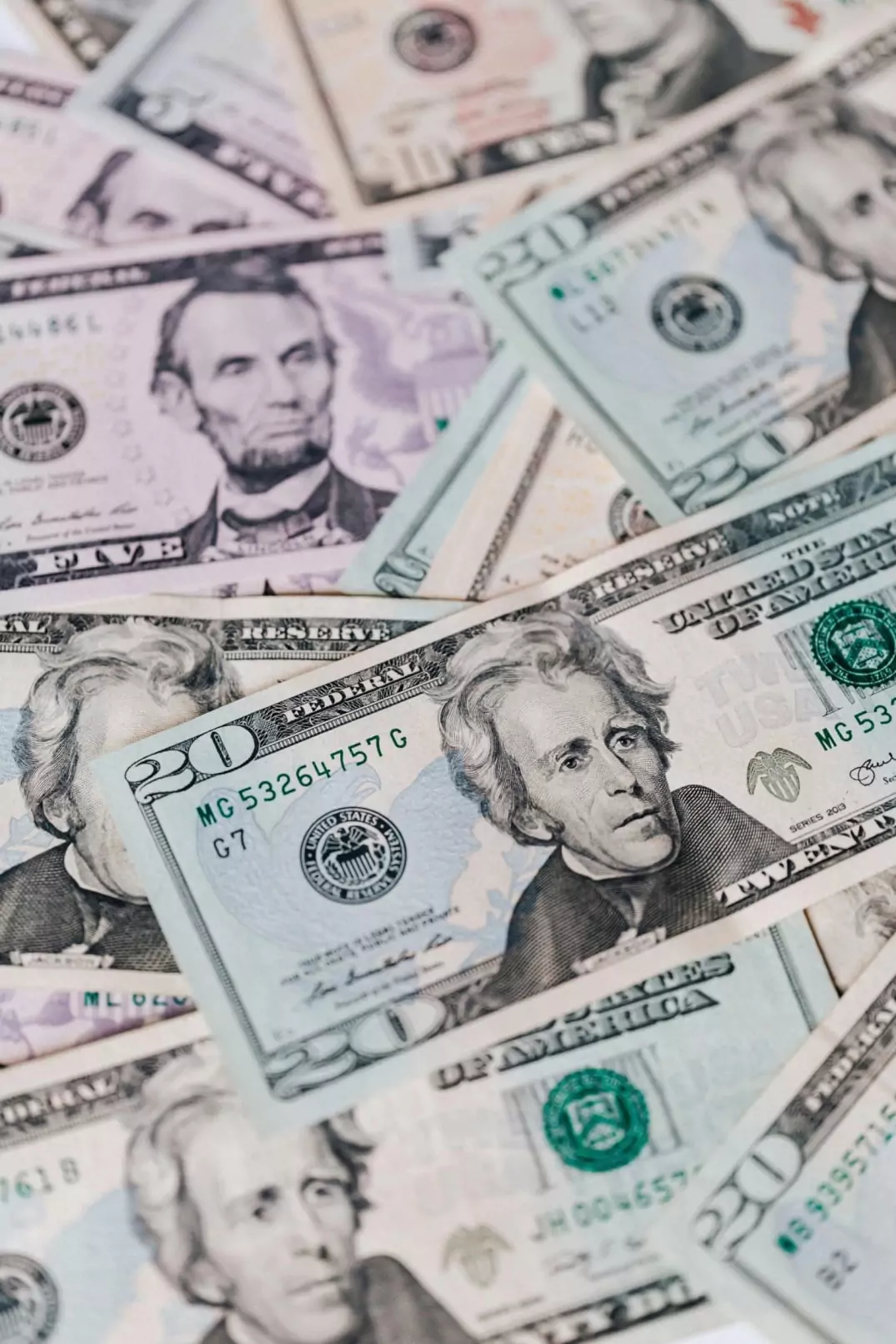
The Rise of Digital Payments: Trends and Innovations
Tapiwa Gondo
Share this blog

A digital payment refers to the transfer of funds for payment purposes using digital channels or devices. The first digital payment was made in 1994. This was by a company called First Virtual Holdings. Fast forward a few years later, PayPal ascended to the apex in digital payments from around the 2000’s. Ever since then, digital payments have meteorically surged to becoming the norm. By the end of 2024, it is said that the global mobile payment market alone, would have surpassed US$7 trillion. In the US, surveys have indicated that more than 70 percent of adults active online make digital payments when making purchases. Let us look at some of the trends and innovations in the space of digital payments.
Mobile Payments
A mobile payment is any payment for goods or services done via a portable electronic device. Such devices are mostly smartphones and tablets, amongst others. With the proliferation of ecommerce it is apparent why mobile payments are gaining ascendancy. This is also tied to the spike in smartphone usage. Today, more than 85 percent of the world’s population own and use a smartphone. It is also interesting to note that more and more consumers now even prefer mobile payments when shopping in-store. No wonder an average of 7 out of 10 people in the US now transact often via a mobile wallet. Interestingly, Gen Z is leading the pack when it comes to mobile payments.
Contactless Payments
There are a number of innovations that have led to a rise in contactless payments. Let us not forget though that dynamics such as social distancing during the pandemic also played a role. Contactless payments entail fast and secure payment methods that are devoid of any physical contact. This is fast becoming a game-changer in how payments are done in-store and even otherwise. Some of the contactless payment systems employ the use of QR codes, Near Field Communication (NFC) technology, biometrics, and tokenization, amongst others.
Decentralized Transactions
Here we are looking at primarily blockchain and cryptocurrencies. It is projected that by end of 2025, more than 105 million users will be using cryptocurrencies. There has been a rising preference amongst consumers to pay for goods or services using blockchain and cryptocurrencies. There are a number of reasons for this shift. One of them is that decentralized transactions are typically integrated into mobile payments.
Thus one can easily transact from their mobile device anywhere. The other reason is that decentralized transactions are super-fast and secure as well. The third reason is that it is easy to make cross-border payments hassle-free. Plus transaction charges tend to be much lower than those for traditional payment methods e.g. bank transfers. Some of the interesting innovations in this space are non-fungible tokens (NFTs) and decentralized finance (DeFi).
Buy Now Pay Later (BNPL)
This rise of BNPL in the domain of digital payments is often credited to the rise in mobile payments. It does make logical sense for BNPL to rise given the rising preference to mobile payments. Buy Now Pay Later in some ways mimics a credit card system. Essentially, you get to access goods or services before making a payment and then paying later. The terms and conditions vary depending on the provider in question.
In most cases there is an option to pay in instalments. The most common luring element to BNPL is usually the low to zero interest rates. No wonder consumers are jumping onto such options. In fact, most players offering this option report a surge in revenue due to allowing consumers to Buy Now Pay Later. BNPL by its nature can be included in any digital payment regime as an option. Interestingly, Sweden is the global leader when it comes to the BNPL market.
mPOS Systems
An mPOS system is essentially a mobile point of sale system. It entails one or more dedicated devices e.g. smartphones, tablets, or otherwise, that have an electronic point of sale functionality. One of the conveniences of mPOS systems is that they are not fixed. This is because they are portable and can thus be used anywhere in-store. Depending on bandwidth and internet coverage, they can even be used outside. This provides so much flexibility and avoids scenarios where outlets are crowded at checkout spots. More and more businesses are going for mPOS systems due to their cost-effectiveness compared to traditional POS systems.
Ever since the COVID-19 pandemic a shift set in in consumer behaviour. The widespread lockdowns made it inevitable for people to do business online. Thus consumers had to conform to the emerging trend of digital payments. This is worth citing because it played a major role in making digital payments mainstream. Even other trends such as rising ecommerce and physical outlets accepting digital payments came from that. Now it is evident that digital payments will continue to take centre stage moving forward. There is lots of value that has been unlocked for the consumer. There are lots of prospects that have been unlocked for the entrepreneur. However, there are concerns regarding several issues e.g. security, fraud, digital inclusion, and so on. In due course we shall discuss that in more detail.
